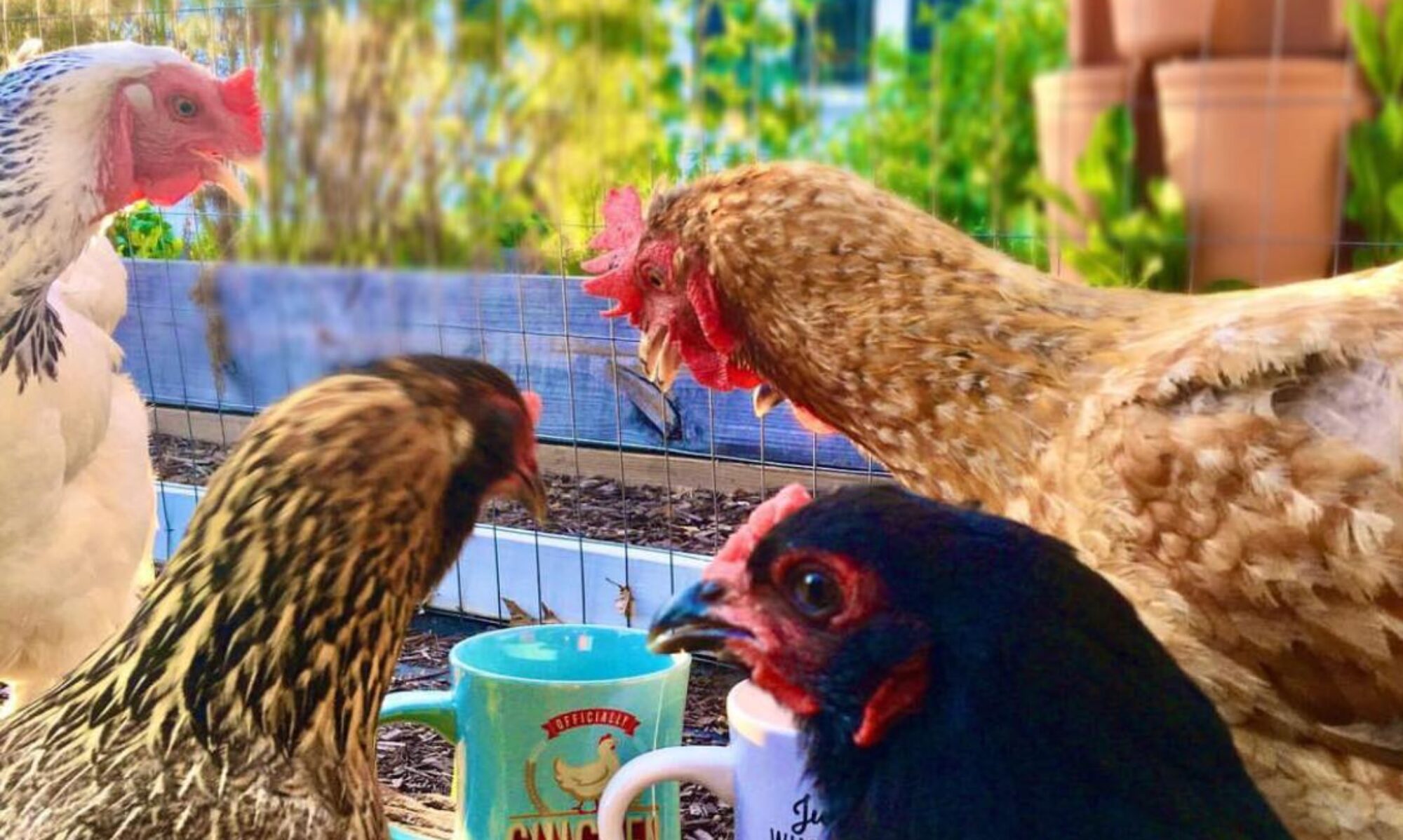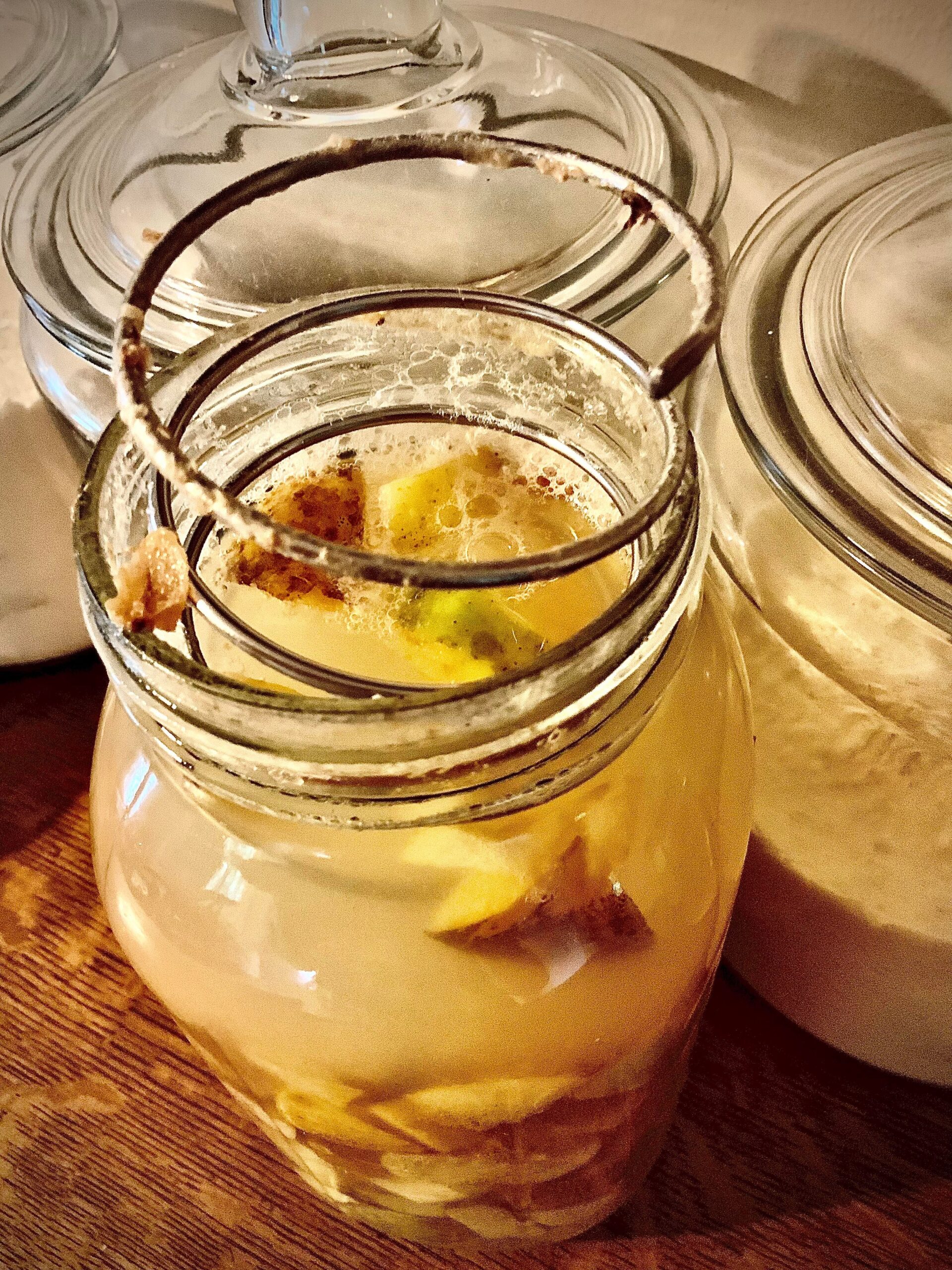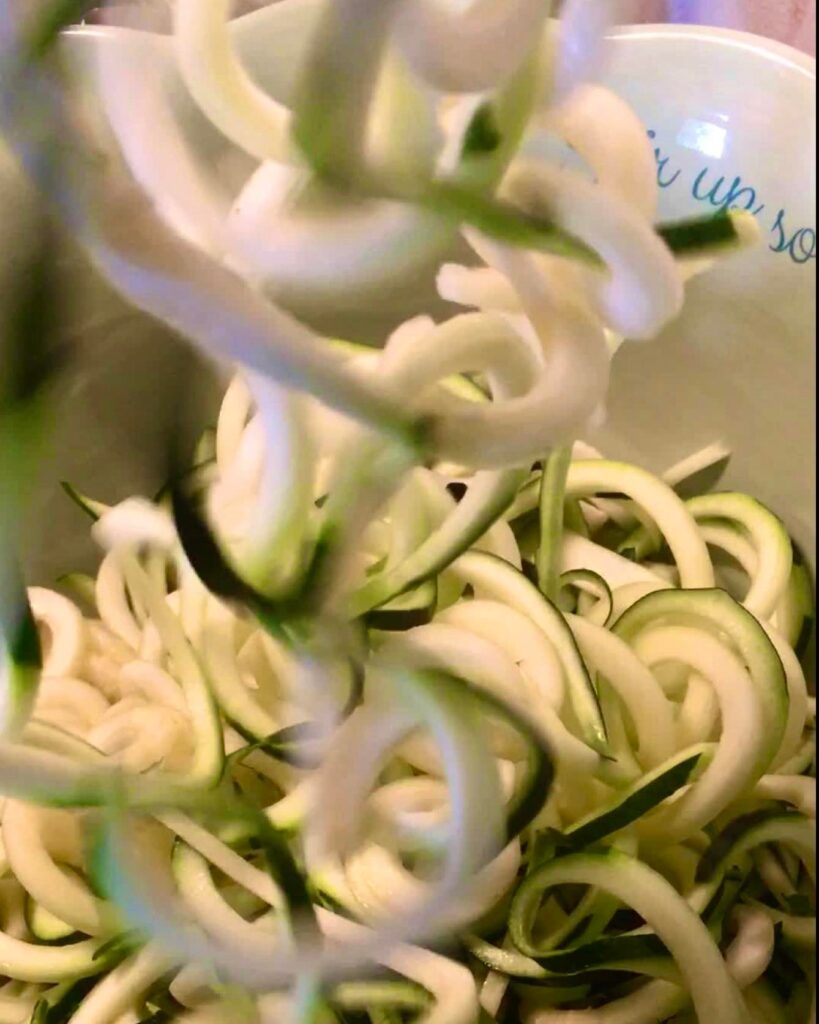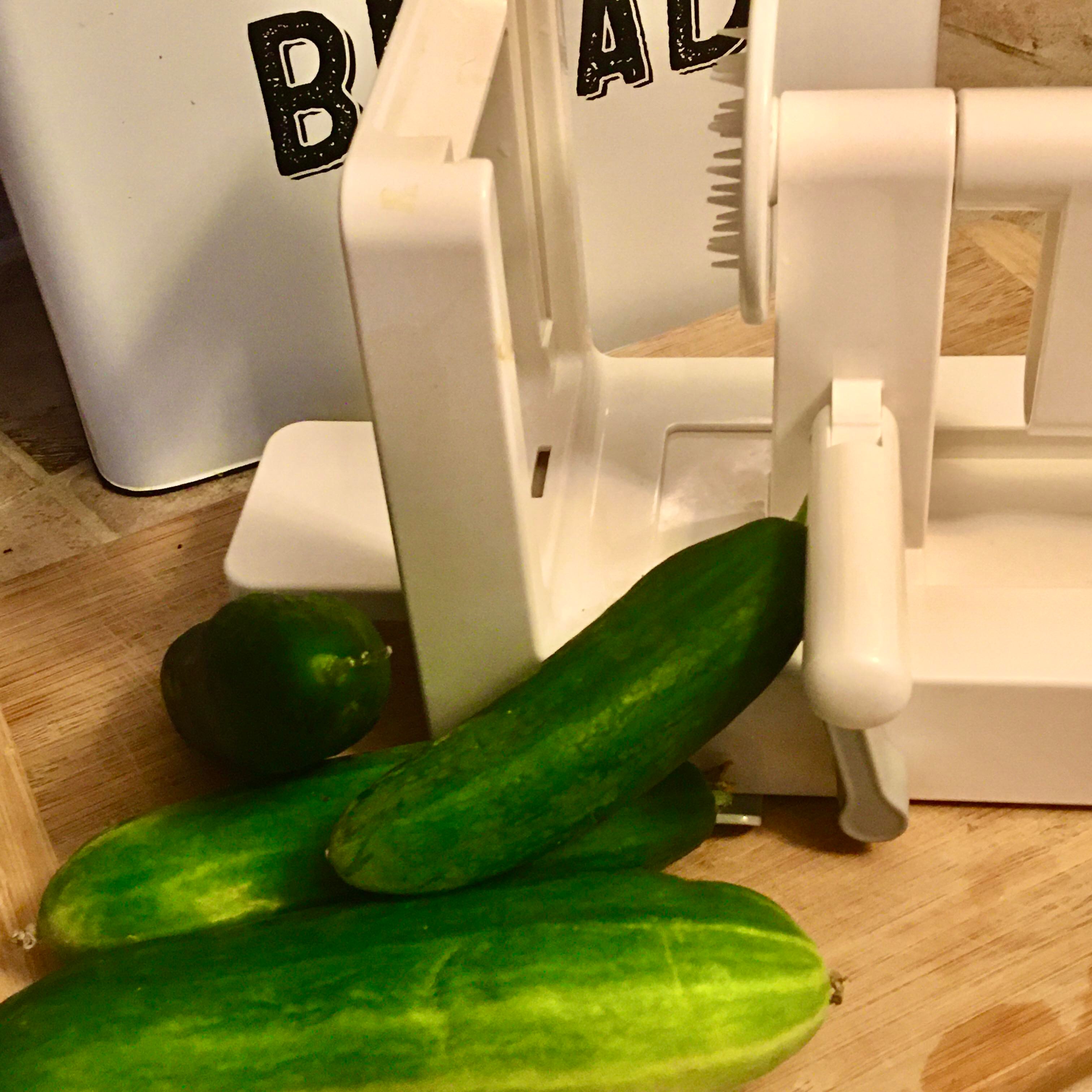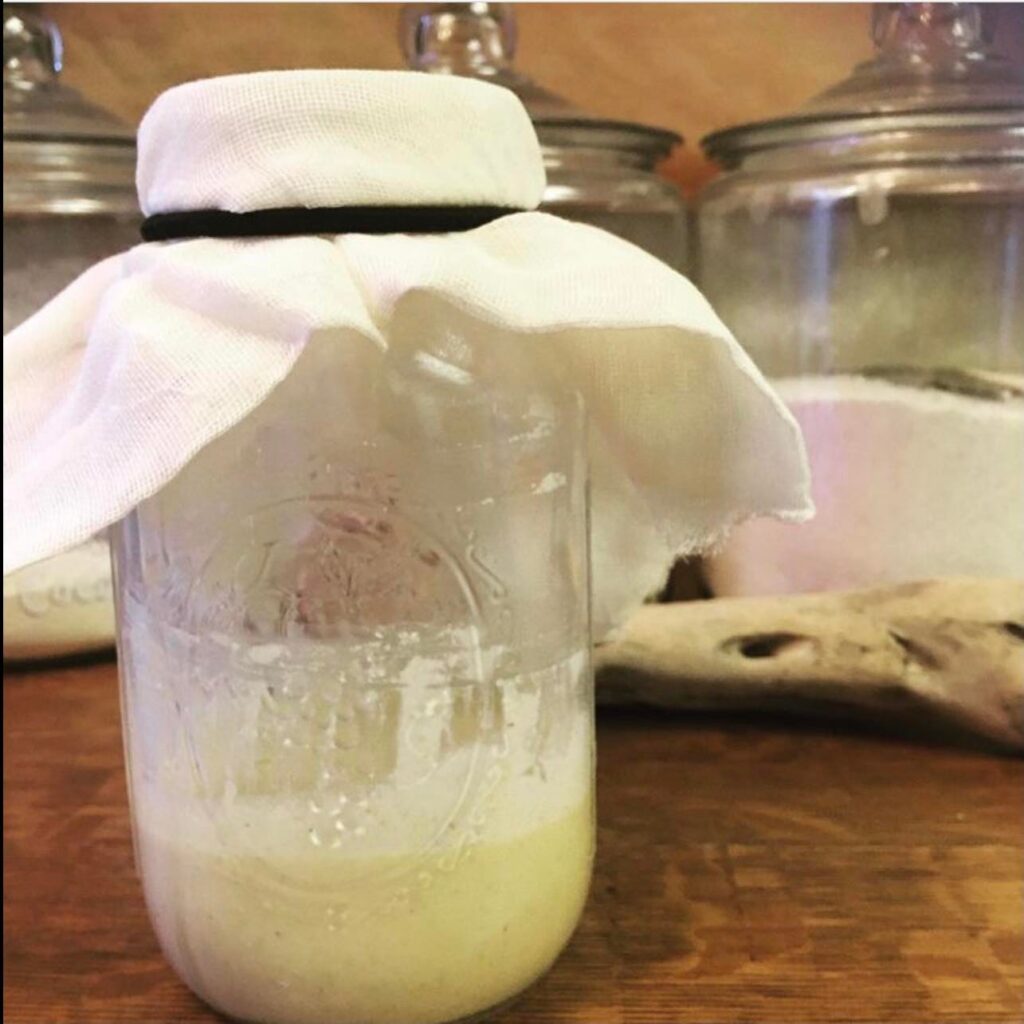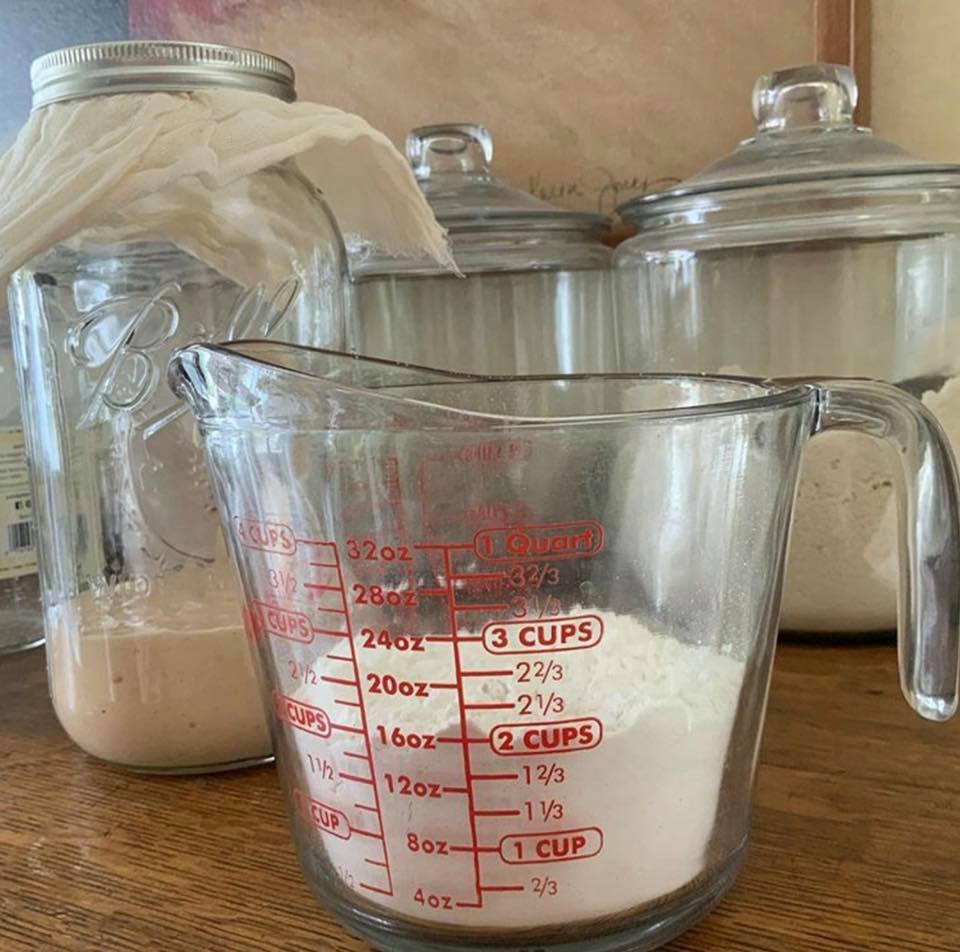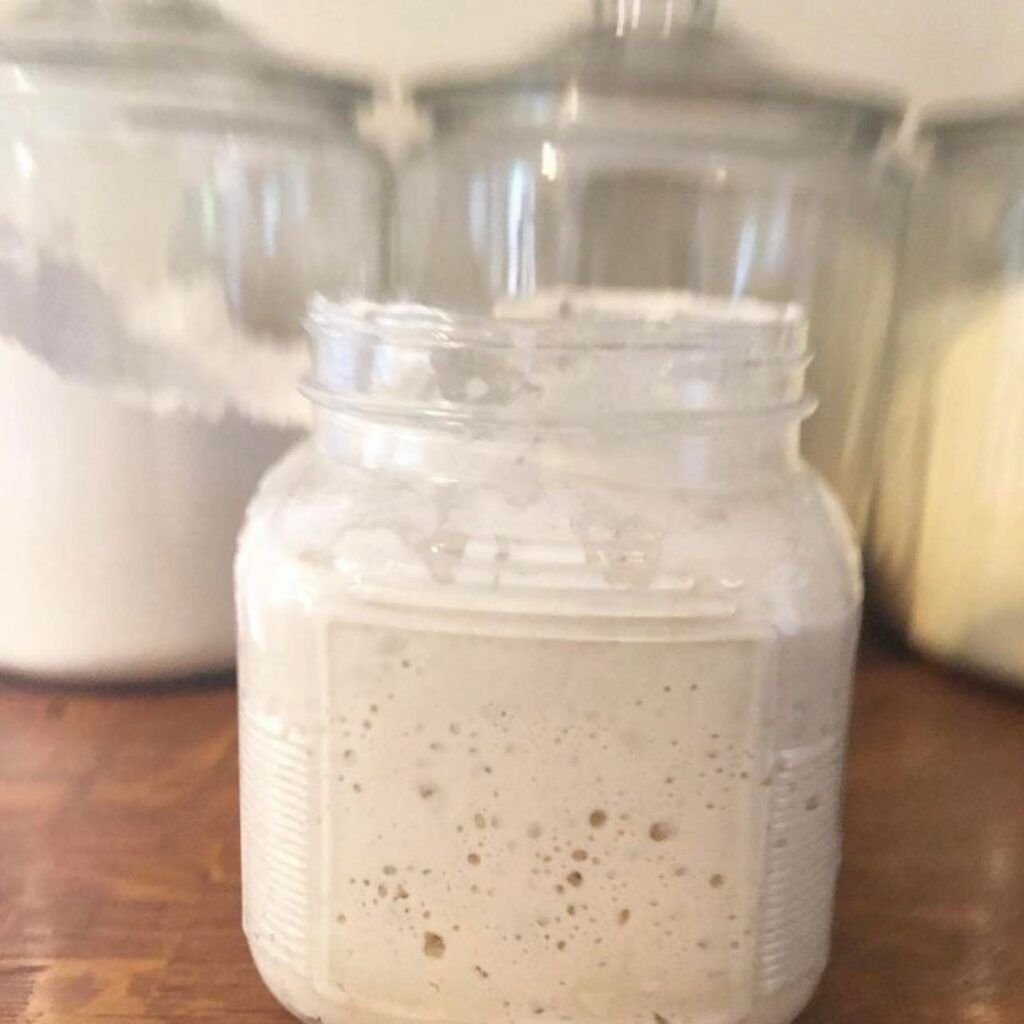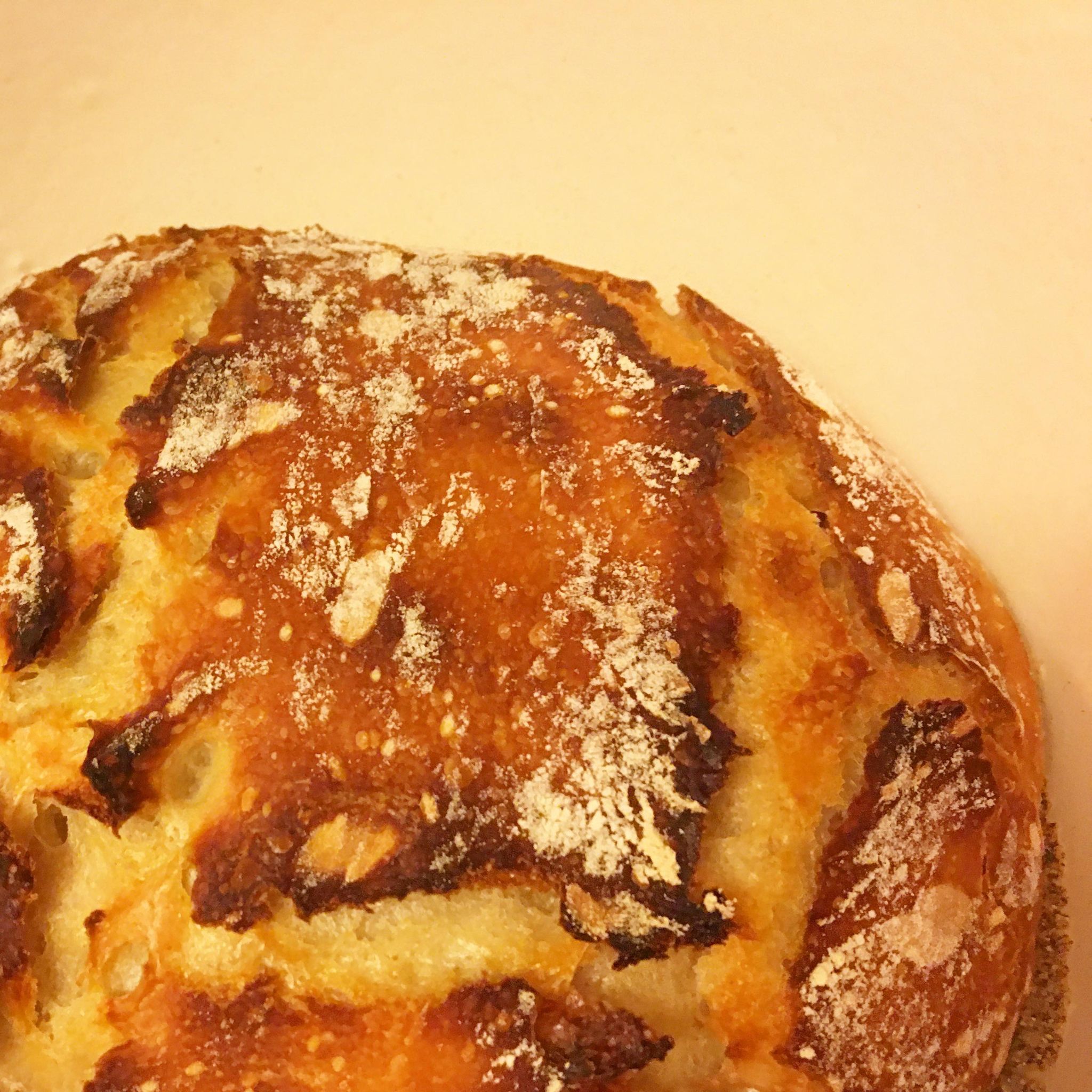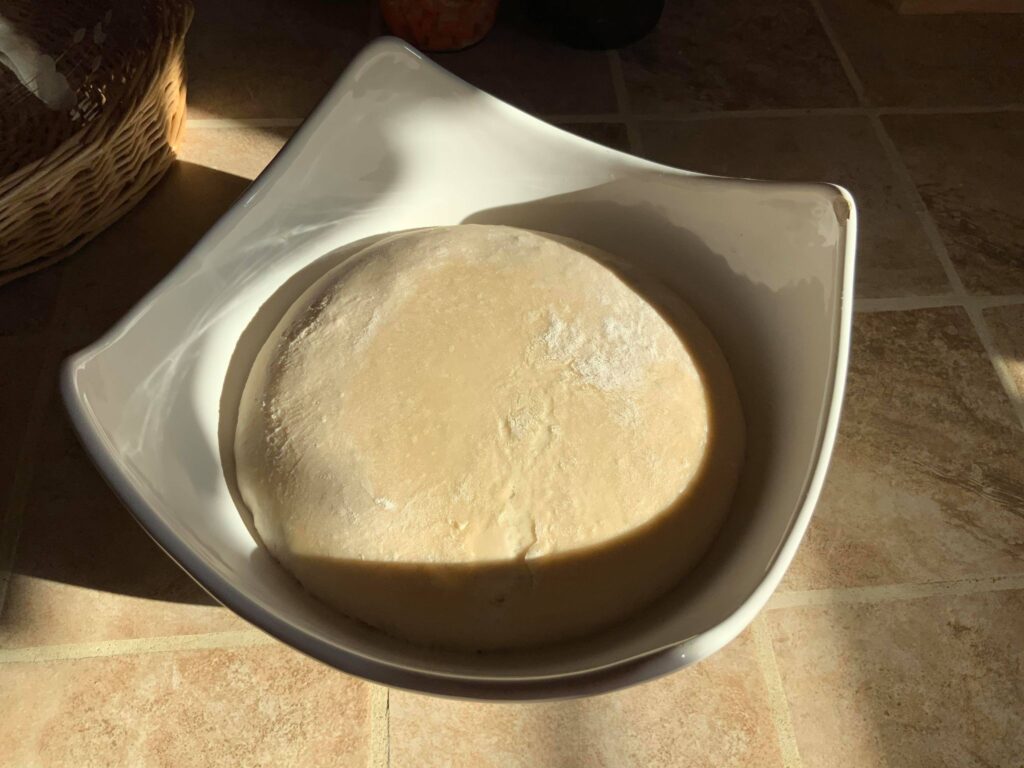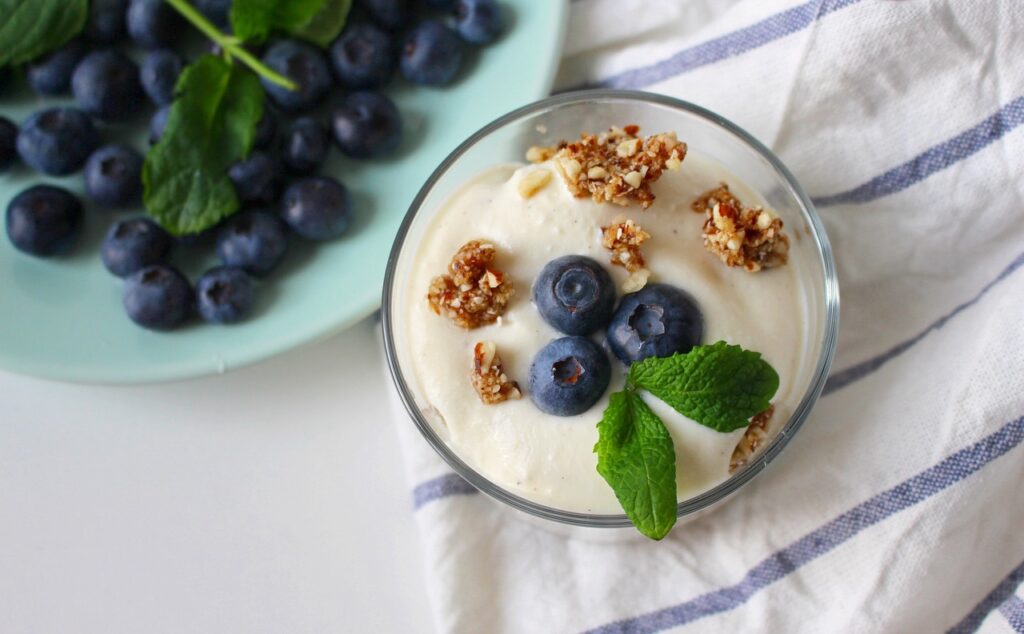
Don’t you just love the rich, creamy taste of Greek Yogurt? How would you like to make it right from your own kitchen? You can absolutely do this, and I will give you a step-by-step tutorial right here…
You just need 3 tools and 3 ingredients to create this:
- An Instant Pot or pot on the stovetop
- Yogurt Thermometer
- Greek Yogurt Maker / Strainer
- ½ Gallon Organic Milk
- 2 tbsp. Tempered Culture Organic Yogurt
- Desired Flavors – Vanilla, Honey, etc.
I use an Instant Pot and local raw milk to get the best consistency, but you can make this on the stovetop with store bought milk. Because I have only made this with my IP, I will be sharing this version for now…
INSTRUCTIONS:
Set Instant Pot to Disinfect for 5 minutes with 1 cup of water
Remove water and add ½ gallon of milk.
On the “Yogurt” setting, set to Boil for 10 minutes at 180 degrees.
Allow to cool down to 110 degrees (stir occasionally and test temperature – place pot in an ice bath if needed).
Add 2 tablespoons of tempered culture to a small bowl (use store bought organic “cultured” plain yogurt as your starter). Whisk in 1 cup of your warm milk to combine, then add back to your pot).
Put lid on and adjust setting to “Yogurt” for 8 hours on low.
Place pot (covered) in refrigerator for an additional 6-8 hours.
Strain out whey, transfer to a container, add desired flavors and refrigerate.
Now this is where you can make “good” yogurt, or you can make GREAT yogurt… I like to make mine extra thick and creamy with no liquid, so you can either end it here and have an extra soft consistency or you can use this amazing tool to take it to the next level…
Spoon into THIS strainer which will allow all of the additional whey to completely strain out. I’m telling you it will change your experience in yogurt making. This is where you get that thick, Greek consistency. You can see the video of how it turns out (HERE).
I continue to refrigerate it in container for an additional two days before transferring to container.
This is delicious topped with fresh fruit and granola – Enjoy!!
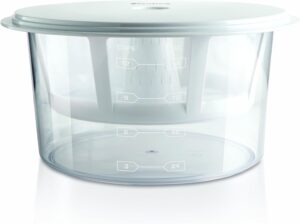
TIP: Take the store bought yogurt that you purchased for your culture and pour into ice cube trays – freeze and store in a Ziploc bag to use in your next batch. Then simply save 2 tbsp. of your own yogurt when that’s gone to use as your own “starter”.
